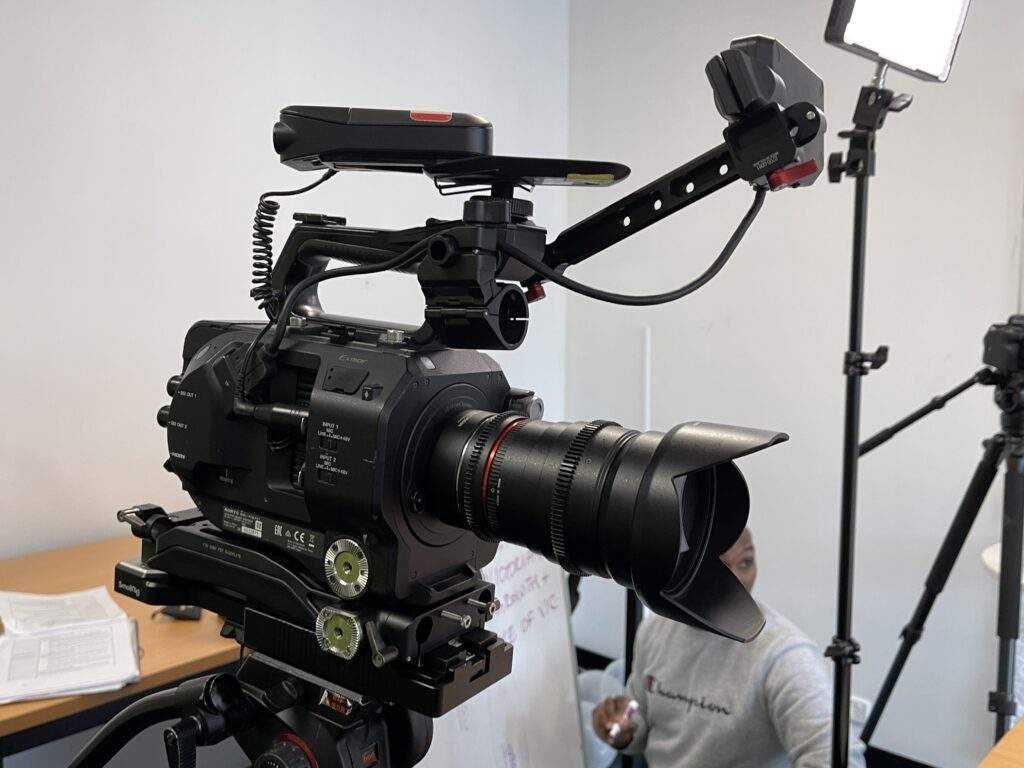4K and 6K resolutions
In the world of visual media, the quality of an image or video is paramount. As technology advances, so too does our ability to capture and display high-quality content. Two resolutions that have become increasingly popular in recent years are 4K and 6K. In this blog post, we will explore what these resolutions are, why they are used, and what benefits they offer.
So, why use these higher resolutions? One reason is that they offer greater detail and clarity in images and videos. The higher pixel count means that more information can be captured and displayed, resulting in a sharper image. This is particularly important for large displays or when the viewer is very close to the screen. For example, if you are watching a movie on a large 4K TV, you will be able to see more detail in the image than if you were watching the same movie on a smaller Full HD TV.
Another reason to use 4K and 6K resolutions is for post-production purposes. When filming in higher resolutions, you have more flexibility in the editing process. You can crop and zoom in on footage without losing as much quality as you would with lower resolutions. This is particularly useful in filmmaking and video production, where it is common to shoot footage at a higher resolution and then downscale it for the final product.
In addition to the benefits mentioned above, there are also some practical reasons for using 4K and 6K resolutions. For example, as more and more people switch to larger displays and higher quality screens, there is a demand for content that can take advantage of these devices. In order to stay competitive, content creators need to be able to deliver high-quality content that looks great on these displays. This means that content creators can reach a wider audience and offer a better viewing experience for those with the necessary hardware.
Of course, there are some downsides to using higher resolutions as well. One obvious drawback is the increased file size. Because 4K and 6K footage contains more information than lower resolution footage, it takes up more space on your hard drive or memory card. This means that you may need to invest in more storage space or spend more time transferring files. Additionally, because 4K and 6K resolutions require more processing power, you may need a more powerful computer or camera to handle the higher workload.
In conclusion, 4K and 6K resolutions offer a number of benefits over lower resolutions. They provide greater detail and clarity, offer more flexibility in post-production, and are becoming more practical as technology improves. However, there are still drawbacks to using these higher resolutions. 4K and 6K resolutions are definitely worth considering but talk to your local experts at Streamline Video to help you know if it’s right for you.



